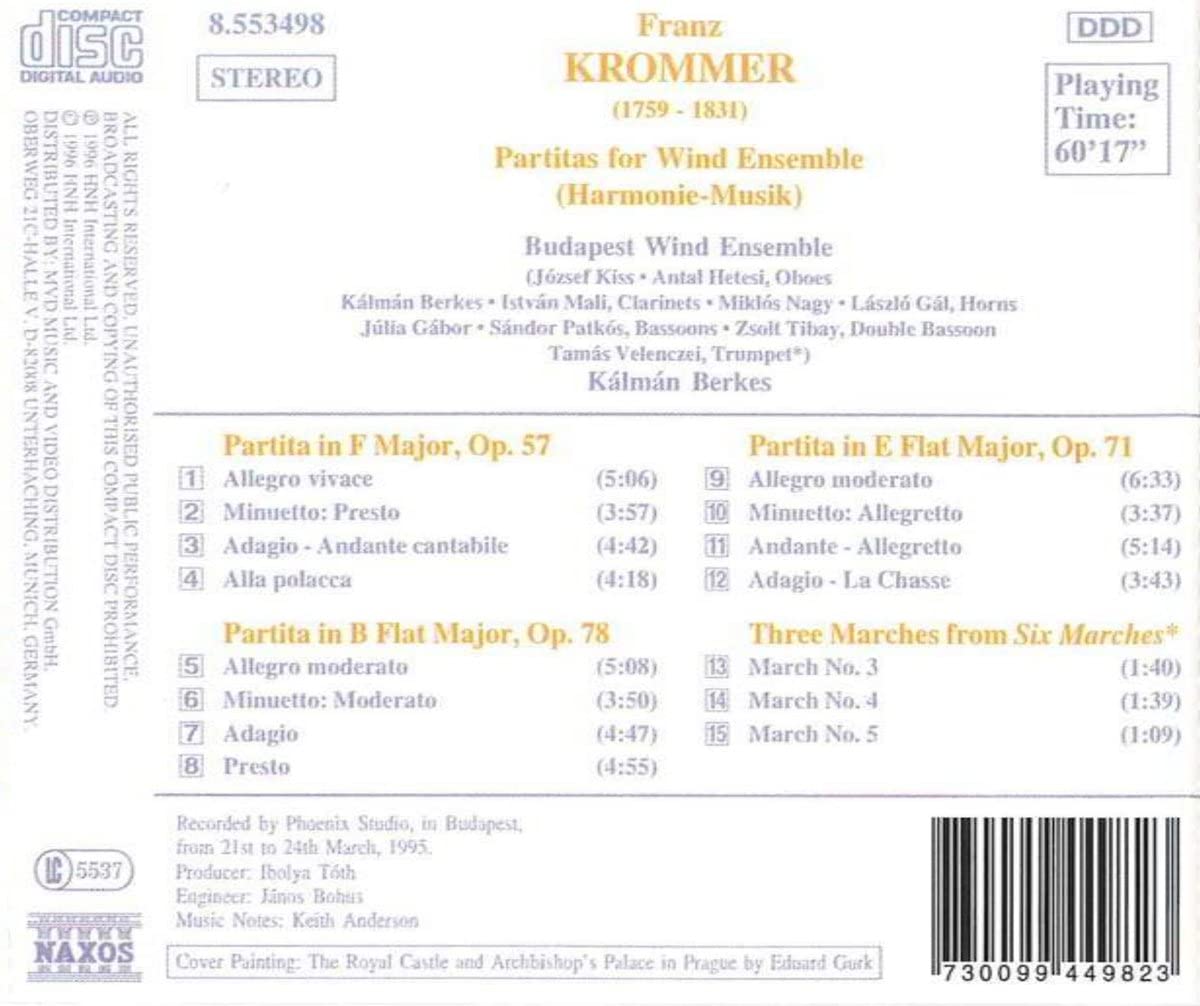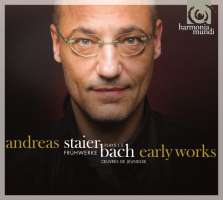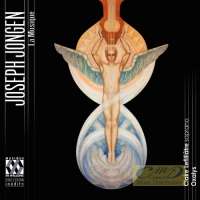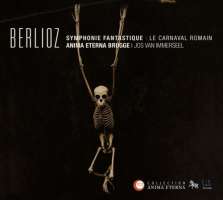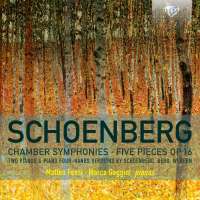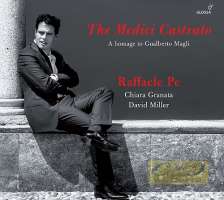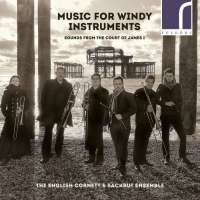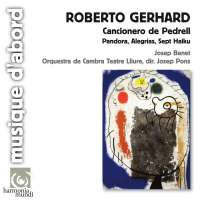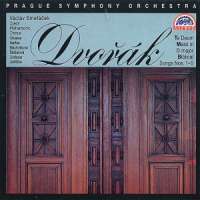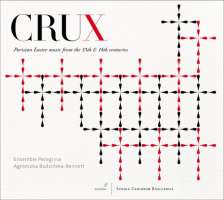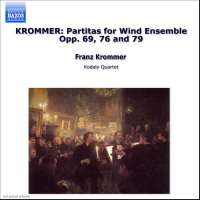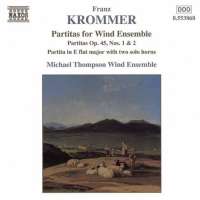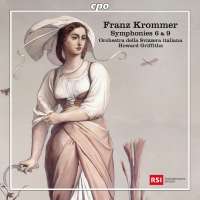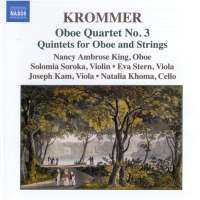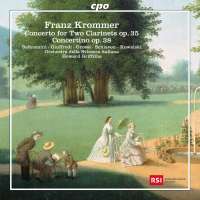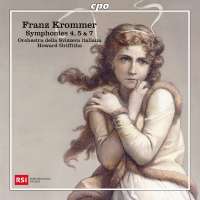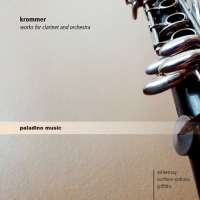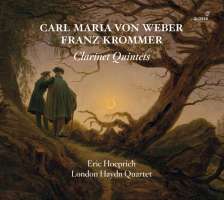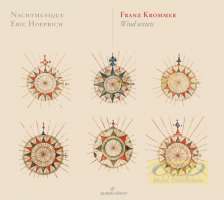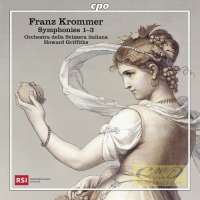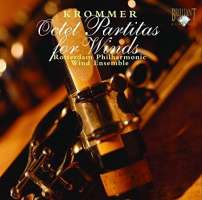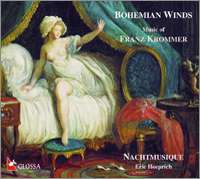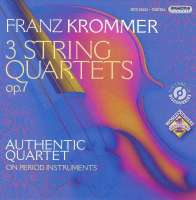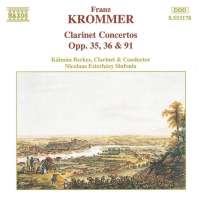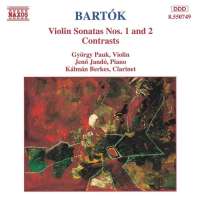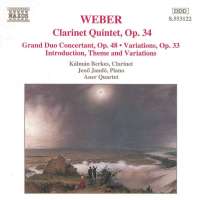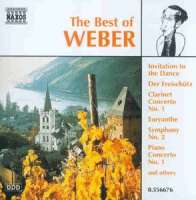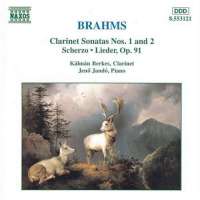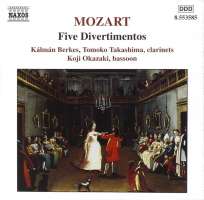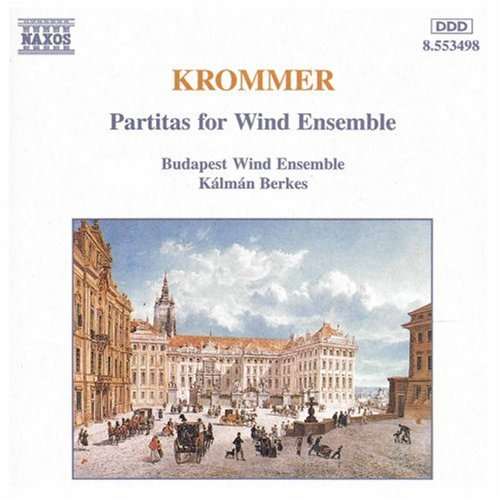
kompozytor
Krommer, Franz
tytuł
KROMMER: Partitas for Wind Ensamble
wykonawcy
Berkes, Kálmán;
Budapest Wind Ensemble
Budapest Wind Ensemble
nr katalogowy
8.553498
opis
Harmonie-Musik, music for wind ensemble, held an important position in the eighteenth century, serving particularly as Tafelmusik (Table Music) to accompany dinner. By the end of the century the most frequently found ensemble consisted of eight parts, pairs of oboes, clarinets, French horns and bassoons, with an additional 16 foot part for double bassoon or double bass to add depth. This number of players became current in Vienna from 1782, with the encouragement of the Emperor Joseph II, who from 1787 employed two clarinettists, the Stadler brothers, in the Court Orchestra. It was for one of these groups in Vienna that Krommer wrote his thirteen Harmonien. While Krommer's music for wind ensemble is original, it was also common practice for wind-bands to play their own transcriptions of popular operas, and Mozart himself had transcribed the music of his first successful opera in Vienna in 1782, Die Entführung aus dem Serail (The Abduction from the Seraglio), while incorporating table-music of this kind in his Don Giovanni five years later. The fashion gradually waned in the altered circumstances of the early nineteenth century. •
The three examples of Harmoniemusik included in the present recording were probably written in Vienna immediately before Krommer's appointment as Ballett-KapeIlmeister to the Court Theatre. They are in characteristic classical style, the musical language of Haydn and Mozart, each in four movements that follow customary forms of chamber music rather than multi-movement compositions common in divertimenti or in operatic transcriptions. They are clearly intended for players of some accomplishment and show both elegance and wit in their instrumental writing, not least in the finale of Opus 71, with its soulful introduction and final hunt, aptly introduced by the horn, immediately followed by the rest of the ensemble.
nośnik
CD
gatunek
Muzyka klasyczna
producent
Naxos
data wydania
11-03-1996
EAN / kod kreskowy
730099449823

(Produkt nie został jeszcze oceniony)
cena 58,00 zł
lubProdukt na zamówienie
Wysyłka ustalana indywidualnie.
Darmowa wysyłka dla zamówień powyżej 300 zł!
Darmowy kurier dla zamówień powyżej 500 zł!
sprawdź koszty wysyłki